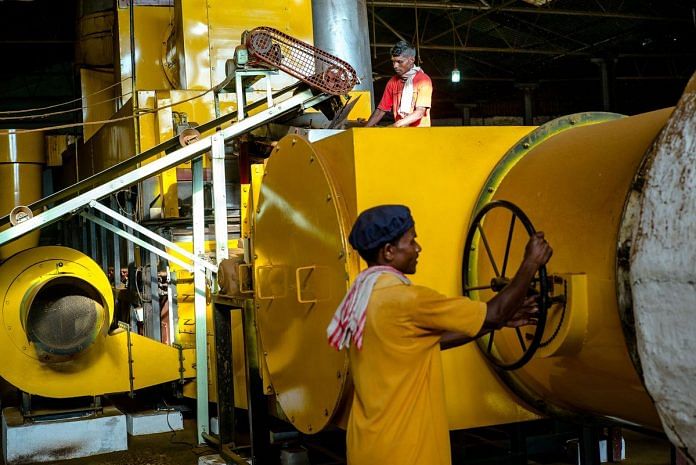The central bank’s Department of Economic and Policy Research has flagged considerable volatility in initial estimates of GDP and questioned the veracity of official data.
India’s multiple revisions of gross domestic product growth estimates are “confusing,” much less provide a true state of the economy, according to researchers at the Reserve Bank of India.
The first readings of GDP tend to underestimate growth more often than not, officers at the central bank’s Department of Economic and Policy Research wrote in a paper. They flagged considerable volatility in the statistics ministry’s initial estimates of GDP, raising the question: how credible is data in Asia’s third-largest economy?
Investors often question the veracity of official data in a country which has no timely employment report or retail sales numbers. Over the past few years, multiple changes have been made to how India uses and calculates statistics — from economic growth and inflation to jobs and taxes. This has sparked a debate on credibility about government data once hailed for its rigor.
In January, the central statistics office estimated economic growth in the financial year that ended March 31 to be 6.5 percent and revised it to 6.6 percent a month later. The next provisional annual estimates for fiscal 2018 are due to be released May 31.
Data next political battleground as India prepares for polls
“This is mainly because firmer data are captured in successive rounds of revisions accompanied with a gradual increase in data coverage,” the officers wrote in a Mint Street Memo that examined GDP data revisions since 2002. “More importantly, we observe a bias when the growth cycle ‘turns’.”
The RBI study found there were substantial upward revisions in the years coinciding with the ‘upturns’ in the economy, and a huge downward revision around the time of the global financial crisis in 2008 and 2009.
The paper showed that for real GDP, first estimates were revised upwards for twelve years by an average of 81 basis points. They were revised down in only two years by an average margin of 204 basis points.
“The advance estimates need to be supplemented with other high-frequency indicators of real sector to arrive at a more realistic assessment of the state of the economy,” said the four researchers, who work under Monetary Policy Committee member Michael Patra.



